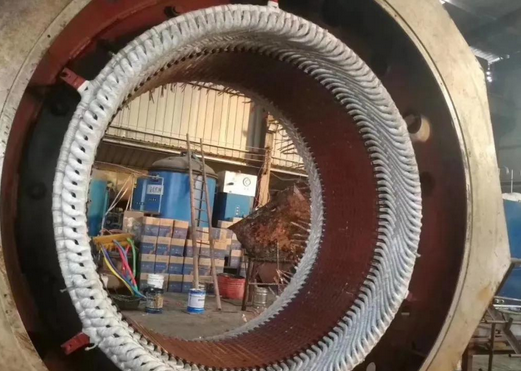Introduction to motor insulation level
The insulation grade of a motor refers to the heat resistance grade of the insulation material used, and is an important parameter in the design and operation of the motor. The insulation grade directly affects the temperature limit of the motor winding, which in turn affects the service life and safety of the motor. The following is a detailed introduction to the insulation grade of the motor:
1. Classification of insulation grades
The insulation grade of the motor is usually divided into several grades such as A, E, B, F, and H. Each grade corresponds to a different maximum allowable temperature and winding temperature rise limit. These grades are divided according to the heat resistance of the insulation material, and different grades of insulation materials have different heat resistance temperature ranges.
2. Specific parameters of insulation level
Insulation level Maximum allowable temperature (℃) Winding temperature rise limit (K) Performance reference temperature (℃)
Class A 105 60 80
Class E 120 75 95
Class B 130 80 100
Class F 155 100 120
Class H 180 125 145
It should be noted that the maximum allowable temperature here refers to the temperature of the hottest point of the motor winding, while the winding temperature rise limit refers to the maximum value of the difference between the motor winding temperature and the ambient temperature. The performance reference temperature is a reference value used to evaluate the performance of the insulation material under long-term operation.

3. The importance of insulation level
Ensure the safe operation of the motor: The insulation level determines the maximum temperature that the motor winding can withstand. Exceeding this temperature may cause the insulation material to age faster, shorten the motor life, and even cause safety accidents such as fire.
Improve motor efficiency: Reasonable insulation level design can reduce energy loss during motor operation and improve the motor's operating efficiency.
Adapt to different working environments: Different working environments have different requirements for the insulation level of the motor. Choosing the right insulation level can ensure that the motor can operate stably in different environments.
4. Selection and considerations of insulation level
When choosing the insulation level of the motor, the following factors need to be considered:
Working environment temperature: The higher the working environment temperature, the higher the required insulation level.
Load condition: The greater the load, the more heat the motor generates, and the higher the insulation level requirement.
Running time: Motors that run for a long time require a higher insulation level to ensure long-term stability.
Cost factor: The higher the insulation level, the higher the manufacturing cost of the motor. Therefore, when choosing the insulation level, it is necessary to control the cost as much as possible while meeting safety requirements.




